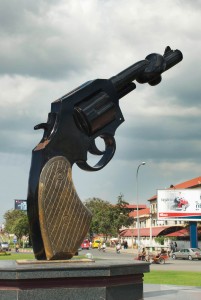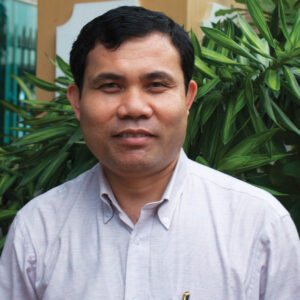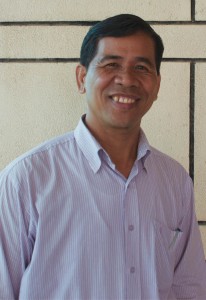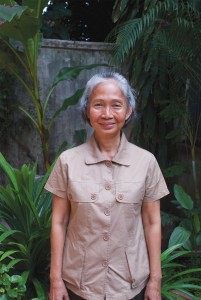
- About Us
- Publication
- ACTS Study
- Peace Conferences
- 2025 Peace Practitioners’ Research Conference
- 2024 Peace Practitioners’ Research Conference
- 2022 Peace Practitioners’ Research Conference
- 2020 Peace Practitioners Research Conference
- 2017 Peace Practitioners Research Conference
- 2016 Peace Practitioners Research Conference
- 2015 Peace Practitioners Research Conference
- 2014 Peace Practitioners Research Conference
- 2013 Peace Practitioners Research Conference
- 2012 Peace Practitioners Research Conference
- Contact Us
Cambodian peacebuilders
The Cambodia Peace Museum will highlight the personal transformation of Cambodian peacebuilders and how their experiences with conflict became their motivation to work for peace, as part of the wider story of peace and reconciliation work in the country. The profiles below, part of the CPCS publication Resilience, are just some of the stories the museum will tell.
Introduction
 by Seng Sakara
by Seng Sakara
This series of 13 profiles of Cambodian peacebuilders illustrates how some individuals have transformed their experiences with conflict into motivation to build sustainable peace.
It is the culmination of interviews I conducted in the summer of 2011 on an undergraduate fellowship in Cambodia. I had the wonderful opportunity to listen to the lives and advice of Cambodian peacebuilders, and their enthusiasm and willingness to share their history, feelings, and aspirations with me was more than I could have ever hoped for.
I found such insight in their advice that I struggled to convey concisely the beautiful and moving tales they gave me.
These writings are my attempt to share with others – Khmer, Khmer-Americans, and others interested – the lessons these peacebuilders shared with me and the realizations I had while listening.
Without their participation and support, I would not have learned about the conflicts facing Cambodia as a developing country nor gained a better understanding of my own family’s history.
This experience has been a transformation – thank you very much to the participants, the Haas Centre for Public Service of Stanford University, the Centre for Peace and Conflict Studies, and my family for making it possible.


